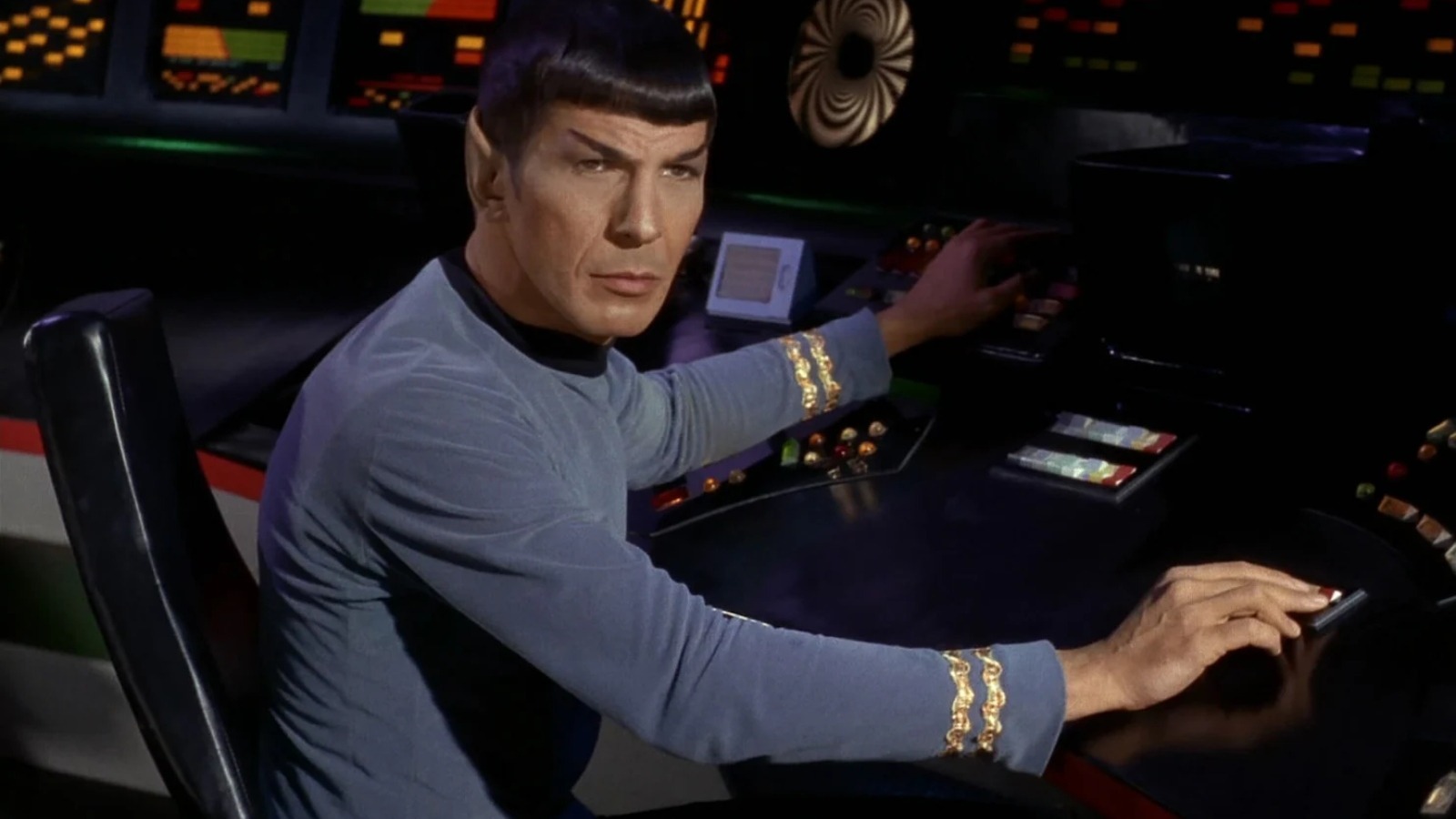Blood
Spock’s Green Blood In Star Trek Inspired A Very Elaborate Practical Joke

According to the Mütter Museum’s video, the Bunker brothers’ autopsy was conducted at the museum back in 1874. The report that Gene Roddenberry allegedly looked at is also one of the pieces of medical ephemera in their collection. Scans of the report can be found online. From the report (at least according to the video):
“The right side of [Eng’s] heart was occupied by a greenish, soft, grumous clot much smaller than was found in the same locality in Chang. The green-black blood had the odor of sulfur. The heart of Chang presented a right auricle and ventricle distended with a dense green venous clot, extended from the right ventricle along the pulmonary arteries.”
The video’s host, the Mütter Museum’s director Robert Hicks, said the Bunkers’ autopsy was difficult, given that they were connected by a four-inch band of flesh on their chests. The two brothers partially shared a liver, a liver that Chang harmed with alcohol abuse. Hicks pointed out that the Bunkers’ conjoined livers are also on display at the museum.
He also produced a mysterious vial, an artifact he claimed was left over from 1874, and one that contained the dried remnants of what was supposed to be the twins’ bright green blood. The bottle was supposedly filled by Dr. Harrison Allen, the man who wrote the Bunkers’ autopsy report. Dr. Allen, Hicks said, posited that the green blood was a result of an ineffable mix of chemicals.
But is that actually the blood of Chang and Eng? Is it even medically possible to have green blood? The answer is a resounding, “Well, I guess it’s possible.”
